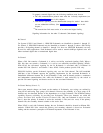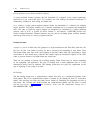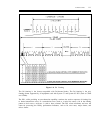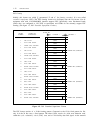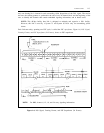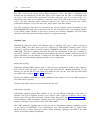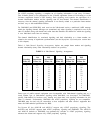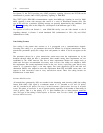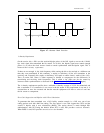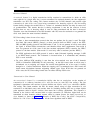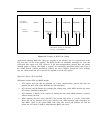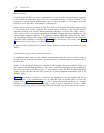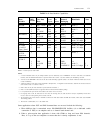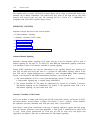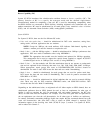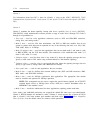
INTRODUCTION
1-17
v(t)
+3
t
-3
010110111
Figure 1-7. Alternate Mark Inversion
1s-Density Requirement
On the receive side, a DS1 uses the received bipolar pulses of the DS1 signal to recover the 1.544M-
bps clock signal that transmitted the bit stream. To do this, the bipolar signal must contain enough
pulses (1s) to allow the clock recover circuit to remain synchronized with the bipolar signal. This is
known as the 1s-density requirement.
If there are not enough 1s, the clock frequency drifts causing the bits to be received at a different rate
than they were transmitted. If this continues, a surplus or deficiency of bits will accumulate at the
receiving end. Eventually this surplus or deficiency will equal an entire frame’s worth of bits (192).
Then, an entire DS1 frame is either repeated or deleted to compensate for the differences in
transmitting and receiving clock frequencies. This is called a slip. (Slips can also be caused by
incorrect switch synchronization as discussed in the Synchronization of Digital Facilities chapter.)
The 1s-density requirement specifies that a minimum 1s-density average of 12.5% be maintained and
that a maximum of 15 consecutive 0s can occur in the bit stream. If this requirement is not met, it is
assumed that an error has occurred and that the network equipment will insert a series of ones into
the bit stream to compensate.
Zero Code Suppression and Bipolar with 8 Zero Substitution
To guarantee that data transmitted over a DS1 facility contains enough 1s, a DS1 uses one of two
coding options used with AMI line coding. The first option is zero code suppression (ZCS) and the
second is bipolar with 8 zero substitution (B8ZS). The option chosen is made through DS1
administration, with ZCS being the default. When ZCS is used, DS1 provides restricted channels.
When B8ZS is used, DS1 provides unrestricted or clear channels.



